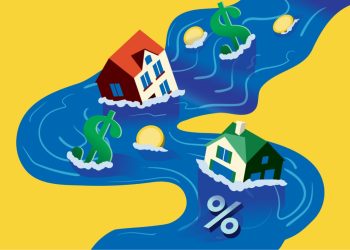 RISMEDIA, September 30, 2009—Nearly two-thirds of single-family home builders are reporting a severe lack of credit for housing production, threatening the fragile housing recovery before it has time to take hold, according to a new builder survey of acquisition, development and construction (AD&C) financing conducted by the National Association of Home Builders (NAHB).
RISMEDIA, September 30, 2009—Nearly two-thirds of single-family home builders are reporting a severe lack of credit for housing production, threatening the fragile housing recovery before it has time to take hold, according to a new builder survey of acquisition, development and construction (AD&C) financing conducted by the National Association of Home Builders (NAHB).
“Across the country, home builders and developers are reporting a deterioration in credit availability and intensifying pressure on borrowers with outstanding loans,” said NAHB Chairman Joe Robson, a home builder from Tulsa, OK. “Lenders are cutting off loans for viable new housing projects and producing unnecessary foreclosures and losses on AD&C loans. With the pending expiration of the $8,000 first-time home buyer tax credit, these challenges threaten to halt any positive developments we have seen in the housing market in recent months.”
In the latest NAHB survey of AD&C financing conditions, 63% of builders stated that the availability of credit for single-family construction loans worsened in the second quarter of 2009.
Builders reporting deteriorating credit conditions cited the following reasons: 80% said that lenders are lowering the allowable loan-to-value ratio, 76% reported that lenders are not making new loans, 75% stated that lenders are reducing the amount they are willing to lend and 62% said that lenders are requiring personal guarantees or collateral not related to the project. Two-thirds of respondents reported putting single-family construction projects on hold until the financing climate gets better.
While federal banking regulators continue to maintain that they are not instructing institutions to stop making loans or to indiscriminately liquidate outstanding loans, builders responding to the survey cited the top reason that lenders have given them for restricting the availability of new loans or for tightening the terms of outstanding loans is that “regulators are forcing lenders to do it.”
NAHB believes that regulators and lenders should provide leeway to residential construction borrowers who have loans in good standing by providing flexibility on re-appraisals, loan modifications and perhaps forbearance on loans to give builders time to complete and sell their inventory.
“There can be no meaningful economic recovery until the flow of credit is restored to housing,” said Robson.
For more information, visit www.nahb.org.










